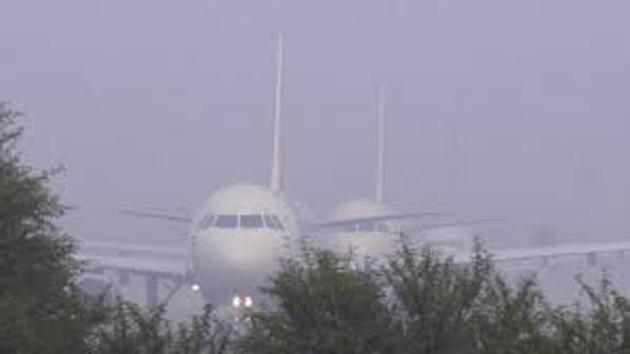Porbandar radar to help Mumbai handle spike in air traffic
Officials of the Airports Authority of India (AAI) said the radar was required as the number of flights overflying Mumbai has doubled since the closure of Pakistan airspace, overburdening ATCOs.
The Airports Authority of India (AAI) has installed a radar and a very high frequency (VHF) voice communication system at Porbandar to handle the increased number of flights overflying Mumbai ever since the Pakistan airspace closed down. The radar and VHF will allow city air traffic controllers (ATCOs) to directly contact overflying pilots, thus increasing safety of international flights and minimising risks and disturbance. Trial run for the radar began on Friday.

Overflying refers to an aircraft using an airspace to fly over a country to go to another one. Officials of the Airports Authority of India (AAI) said the radar was required as the number of flights overflying Mumbai has doubled since the closure of Pakistan airspace, overburdening ATCOs. “A notice to airmen (NOTAM) has been issued so that all pilots entering Mumbai airspace can tune into the frequency of 135.75 MHz to communicate with Mumbai ATCOs directly via VHF,” said an ATC official.
Currently, the Mumbai air traffic control (ATC), stationed at the city airport, covers 250 Nautical miles (Nm) towards the Muscat airspace, north of Mumbai. The radar in Porbandar, which is to the north-west of Mumbai, will enable ATCOs to cover another 250Nm.
Totally, the Mumbai ATC can cover around 500Nm. “Earlier, ATCOs used to communicate with pilots at a high frequency (HF) via a third party. Owing to the operational limitations of HF, the signals were distorted. VHF is more reliable as it allows direct communication between pilots and ATCOs. The trail run of VHF is likely to go on for three months,” said a senior AAI official. According to officials, VHF is now catering to two international routes. By June, VHF will be used for four international routes (N571, L301, P518 and M638). “As VHF is more accurate and there is lesser distortion, the distance between two aircraft can be reduced from 80Nm to 10Nm while ascending and descending. This will lead to accommodation of more number of aircraft in the airspace ,” said an ATCO.
AAI officials also said more ATCOs, including those from other stations who have worked with Mumbai ATC in the recent past, are being deployed to manage the increased air traffic overflying Mumbai until the Pakistan airspace reopens.



